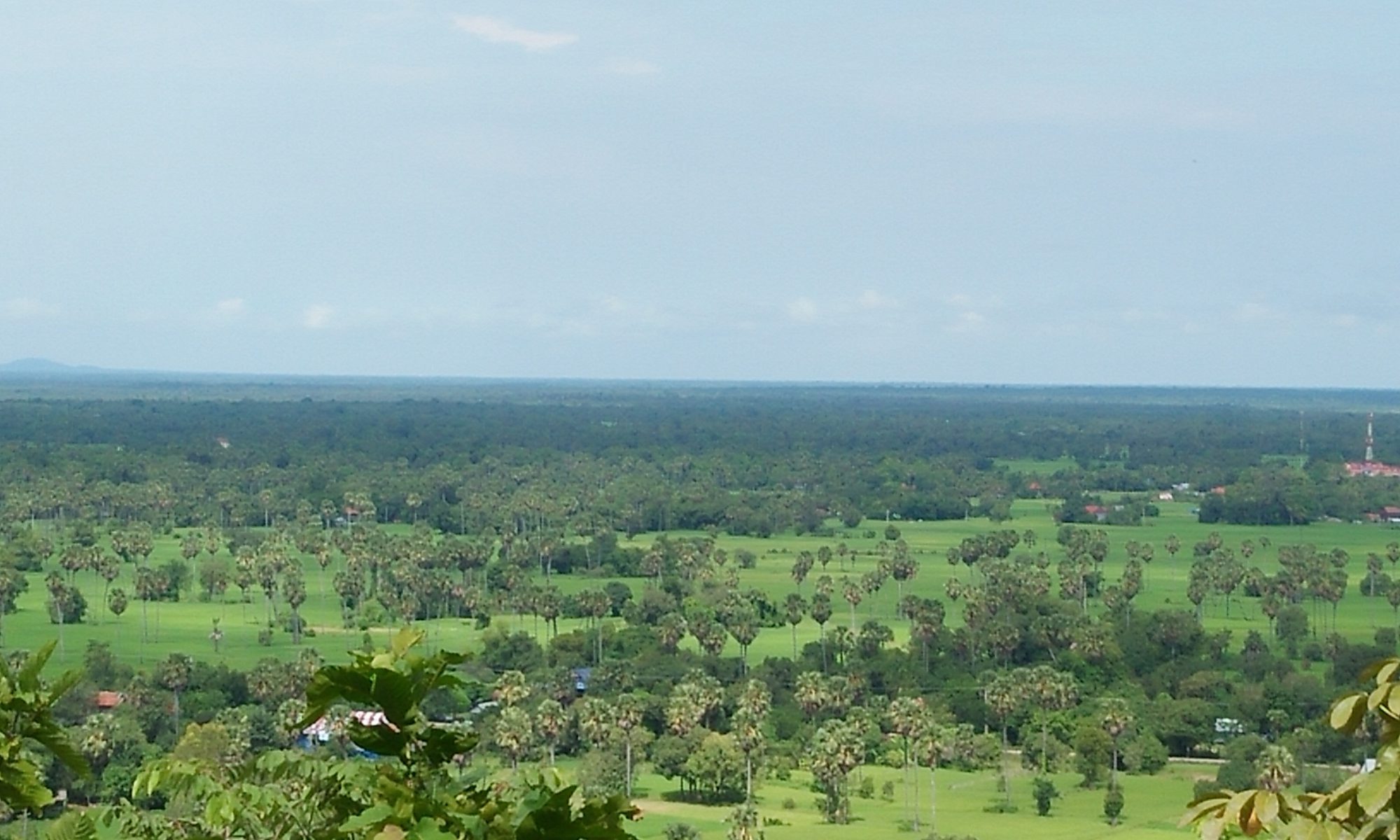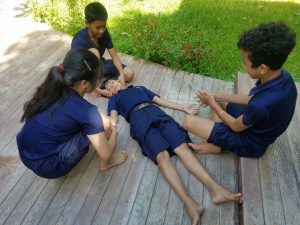In this round, everybody felt excited I guess, because we had finished primary mathematics 5A book, and continued to 5B book. In 5A we had learned a lot about decimal, places, ratio, area, perimeter, and estc…. We had been working on that book for about 4 months. Everybody put a lot of hard effort and a lot of times to finished those book. Back to 5B, there are not a lot of hard things and new things to do and really focused on, because at the beginning of the book, we just review the lesson back from the 5A book. At the beginning of the book, we had learned about decimal. Decimal is a fraction that is written in the form of a dot following the number that represents different places of a number. The places of the decimal are thousands, hundred, ones, oneths, hundredths, thousandths and estc…..
For example 25.46:
2 = in the tens places
5 = in the ones places
. = a decimal
4 = in the tens places
6 = in the hundreds places
When we pronoun 25.46 is twenty-five, point, tenths, thousands. This example seems easy, isn’t it? So, let’s do another harder one.
For example 6472.3298
6 = in the thousands places
4 = in the hundreds places
7 = in the tens places
2 = in the one places
. = point
3 = in the tenths places
2 = in the hundredths places
9 = in the thousandths places
8 = in the ten-thousandths places
When we pronoun them are six thousands, four hundreds seventy two, point three tenths, two-hundredths, nine-thousandths, and eight ten-thousandths or point three, two, nine, eight. This seems a lot harder than the first example.
I hope an example above could make you understand a little bit about decimal. Not just learning about decimal places, we also learned how to plus, minus, multiply, and division decimal. For plus and minus, it seems easy because the process is the same as normal addition and abstract. What’s hard is multiplication, and division, because when you do multiplication what you expect result is to be higher than the main number. When you do the division what you expect the result is to get smaller than the main number. All of those are what you expect, but in reality, it is not. When you the multiplication the result will get smaller than the main number, and when you do the division the result will get higher than the main number.
Multiplication decimal example:
84 x 0.1 = 8.4
84 x 0.01 = 0.84
84 x 0.001 = 0.084
Why? When we do the multiplication with a decimal number, we always move the decimal point to the left and is depend on how many places are there.
Division decimal example:
84 / 0.1 =840
84 / 0.01 = 8400
84 / 0.001 = 8400
Why? When we do the division with decimal, we always move the decimal point to the right and is also depend on how many places are there.
Overall, this round we had learned only about decimal and understand more about them.




